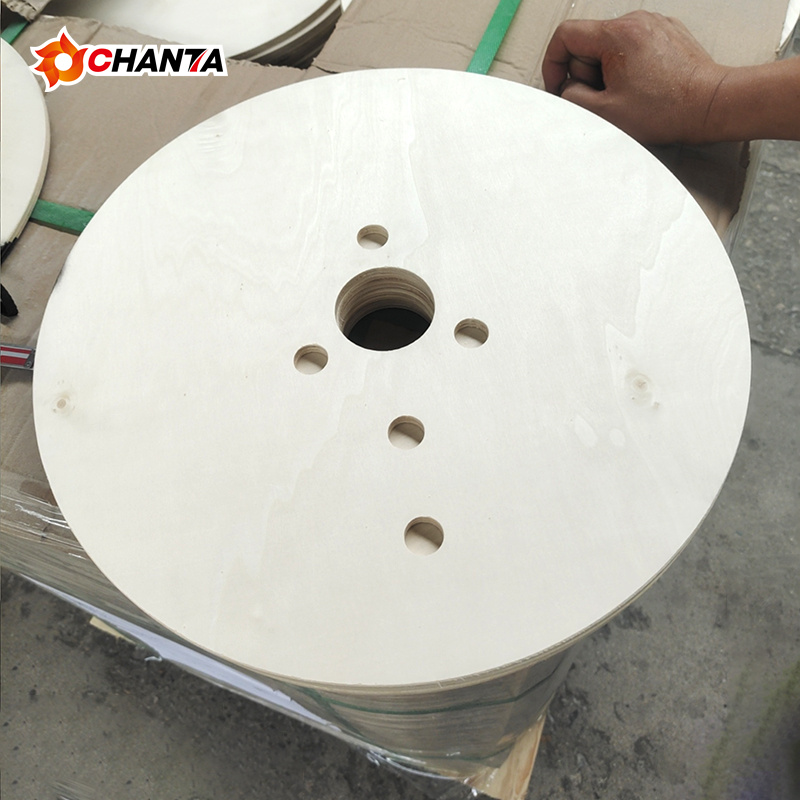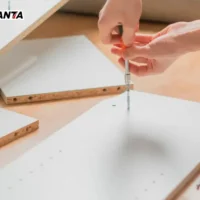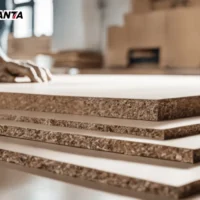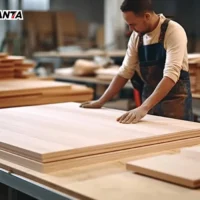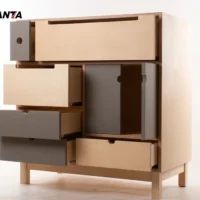Table of contents
Susceptible to Scratches and Dents
Although birch is considered a hardwood, its surface can be more prone to scratches and dents than denser alternatives like oak or maple. In high-traffic areas or in homes with kids and pets, birch furniture or flooring may show wear more quickly.
If you’re planning to use birch in a space where durability is critical, you may need to apply a tougher topcoat or consider another wood with better impact resistance.
While birch wood is known for its strength, fine grain, and affordability, it isn’t perfect for every project. Like all materials, birch has its drawbacks that may impact your decision, especially in specific applications. In this article, we explore the key disadvantages of birch wood so you can make a fully informed choice.
Difficult to Stain Evenly
One of the most common complaints about birch is its inconsistent staining results. Because of its tight, close grain, birch tends to absorb stain unevenly. This often leads to blotchy or patchy finishes, especially when using dark stains.
To get around this issue, you’ll need to apply a pre-stain conditioner, which adds extra steps and costs to your project. For anyone seeking a natural wood look, this can be a frustrating limitation.

Prone to Warping in Poor Conditions
While birch has relatively stable properties, it still reacts to changes in humidity and temperature. Improper storage or exposure to moisture may cause birch to warp or swell. This is particularly important to consider if you’re using birch in kitchens, bathrooms, or other humid environments.
Proper sealing and climate control can help reduce this risk, but they don’t eliminate it entirely.
Not as Durable Outdoors
Birch is not naturally weather-resistant. Unlike teak or cedar, it lacks natural oils and resistance to rot, insects, or prolonged moisture. For this reason, birch is rarely used for outdoor furniture or exterior structures unless heavily treated or sealed.
Even with protective coatings, birch wood may deteriorate faster than other outdoor-grade materials when exposed to harsh weather.
Less Prestigious Than Premium Hardwoods
From a design and branding perspective, birch does not carry the same high-end appeal as luxury hardwoods like walnut, mahogany, or cherry. While birch looks clean and functional, it may not be the best fit for high-end or luxury interior projects where premium aesthetics matter.
If you’re building furniture for upscale markets, this perception can be a drawback.
Requires More Maintenance
To keep birch looking good over time, you may need to invest in regular care. This includes reapplying protective finishes, using furniture pads, and avoiding exposure to direct sunlight, which can cause fading or discoloration.
Although birch is affordable upfront, the long-term maintenance could offset some of its initial cost savings.
Conclusion: Should You Still Choose Birch?
While birch wood offers many benefits—such as affordability, workability, and a smooth finish—its downsides deserve serious consideration. Challenges with staining, limited outdoor use, and a tendency to show wear may make birch less ideal for some projects.
That said, birch remains a great choice for budget-conscious builders and interior-focused applications—especially when properly treated and protected. Weigh its pros and cons carefully based on your project goals to ensure birch wood meets your expectations.
Articles that you might be interested in.

